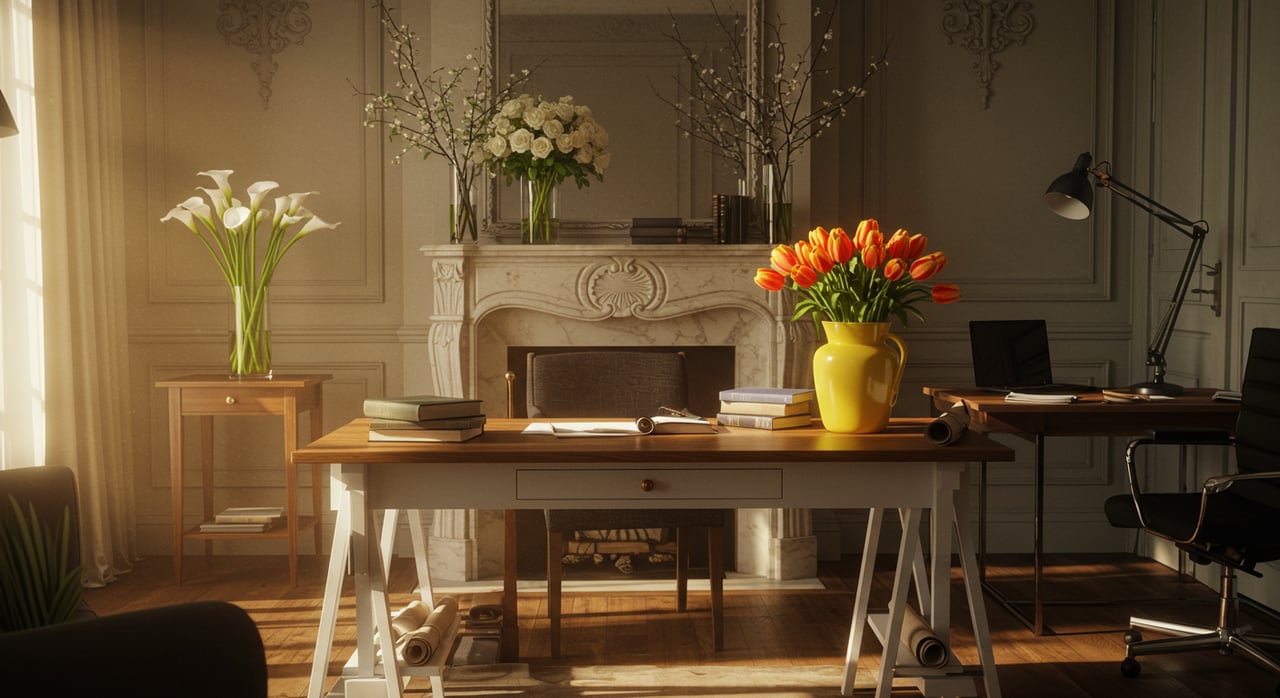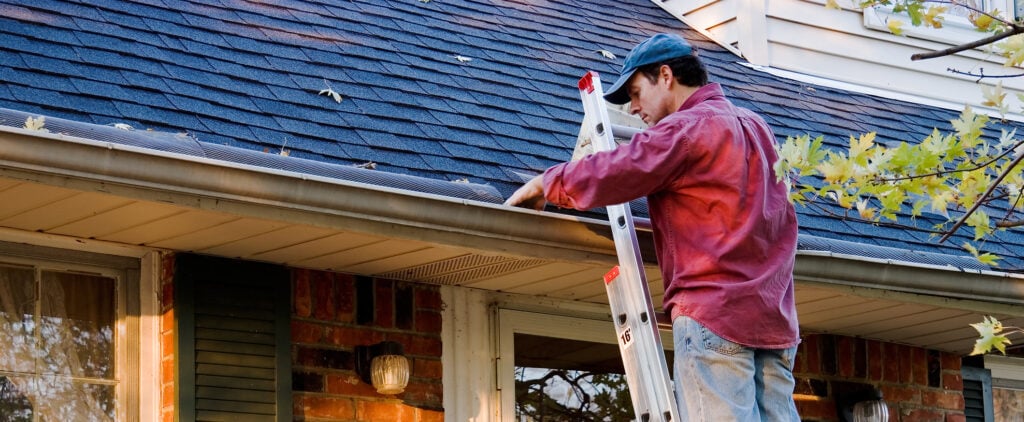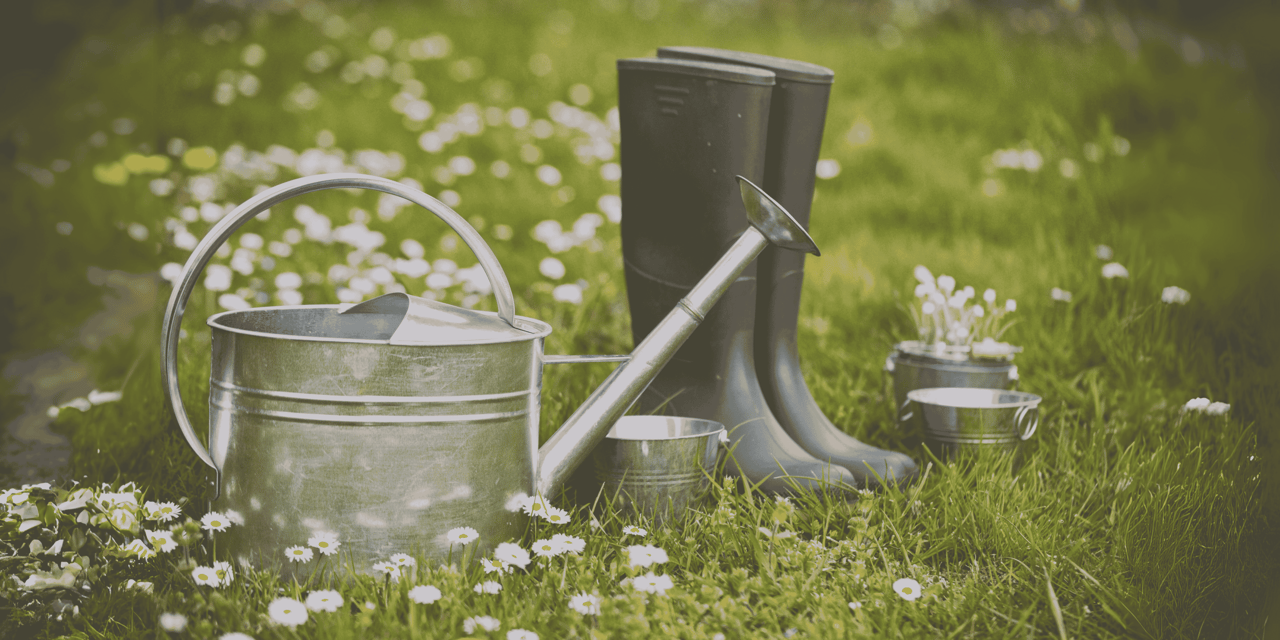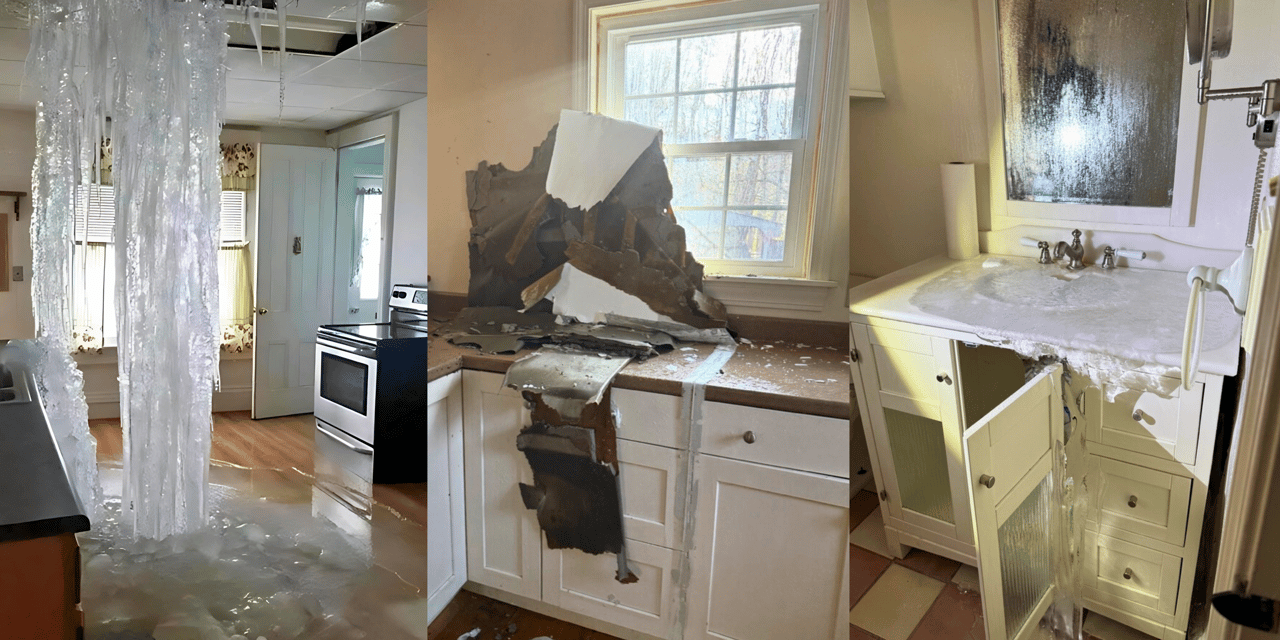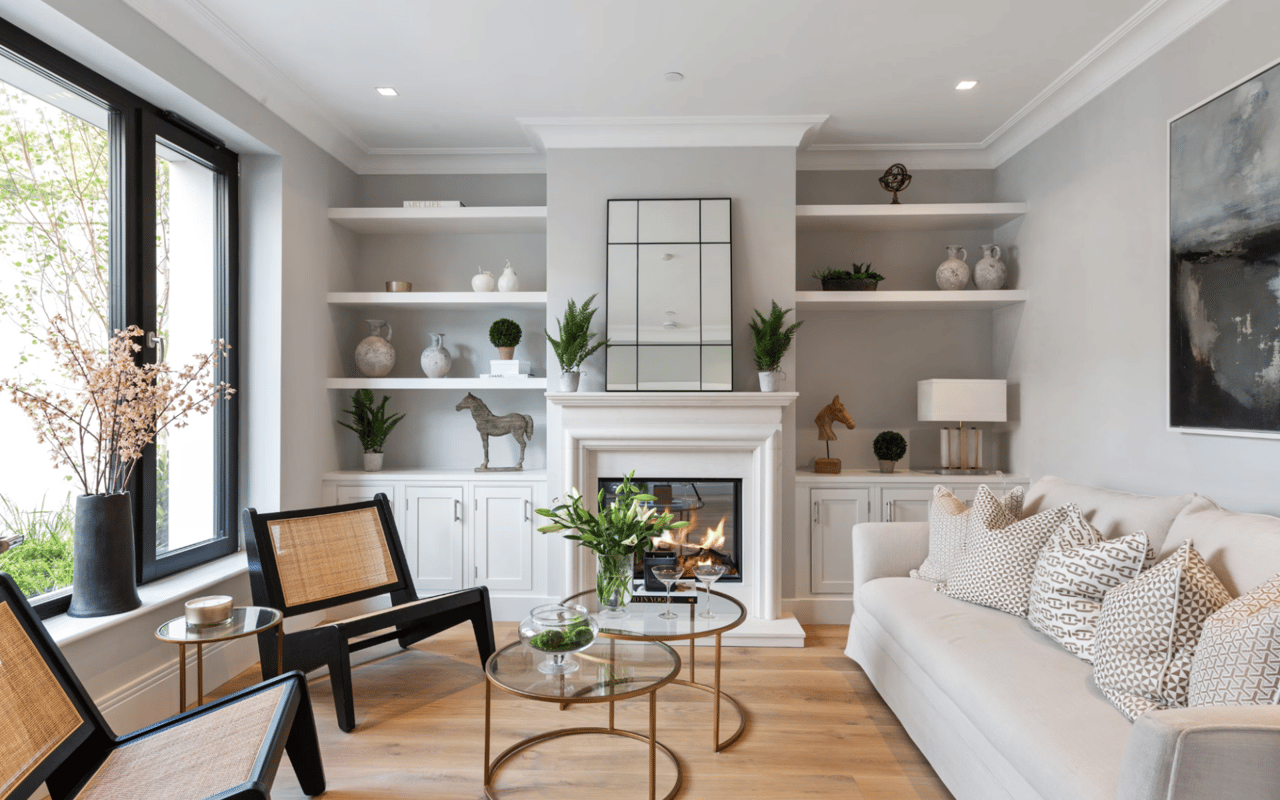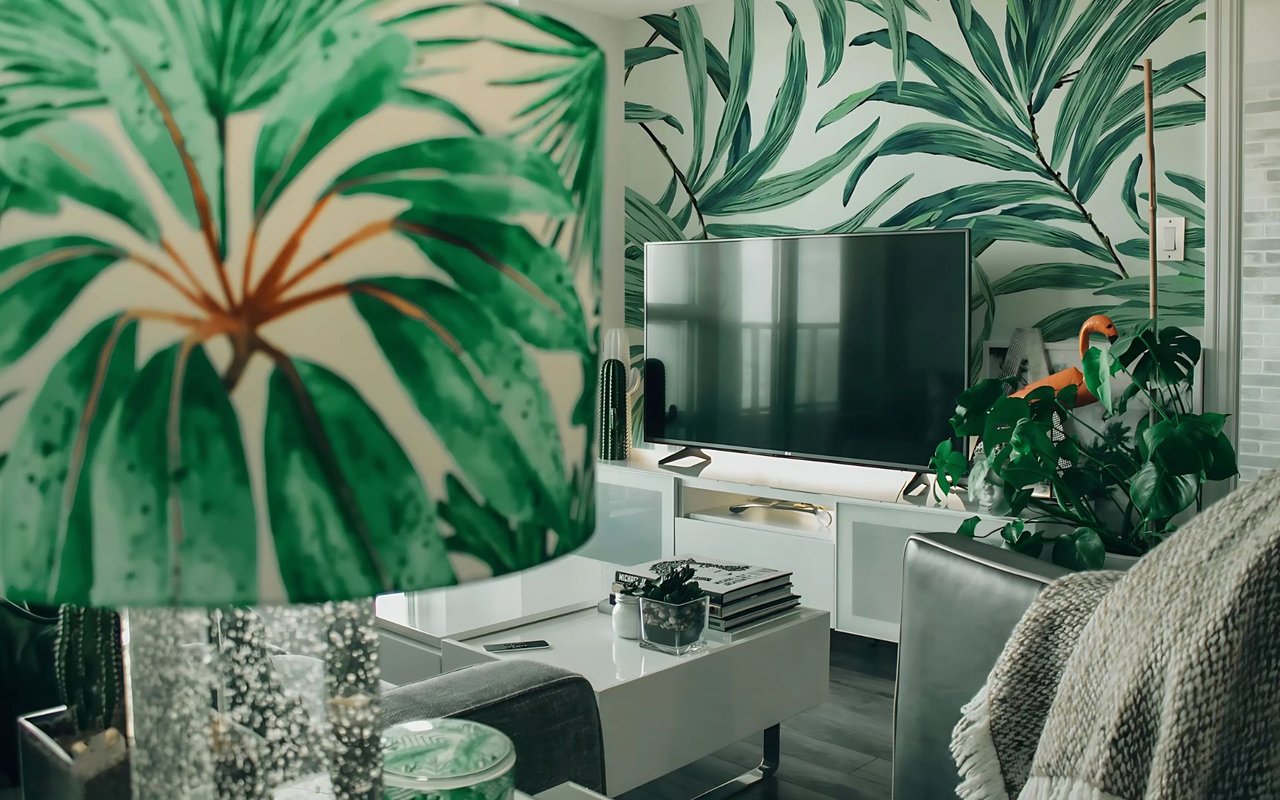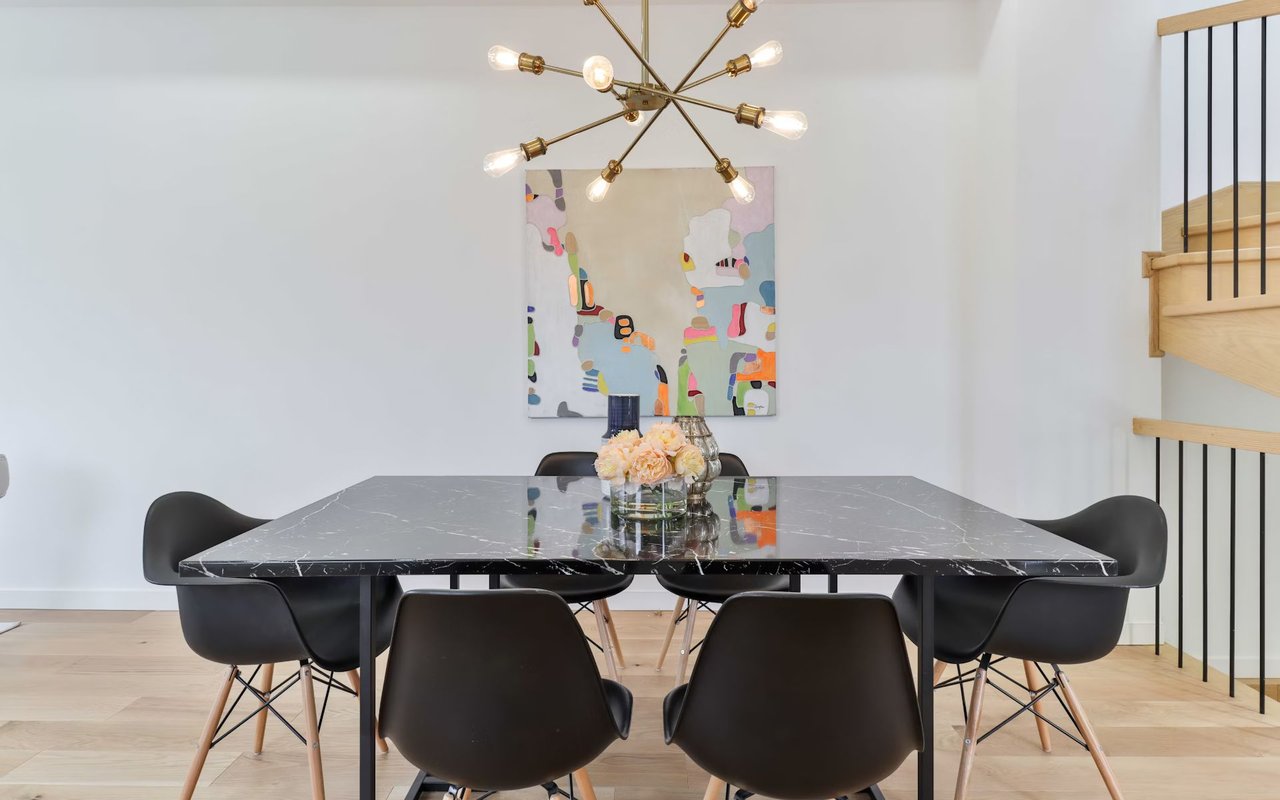Decorating a historic home offers a unique opportunity to blend the charm and character of bygone eras with the comfort and functionality of modern living. If you’ve recently purchased a piece of history, understanding how to approach historic home decor is essential. The goal is to respect the architectural integrity of the home while creating a space that meets contemporary needs. Here’s a guide to help you navigate the process.
1. Understanding the Home's Historical Context
Before diving into the decor, it’s crucial to understand the historical period of the home. Every historic home has a story, and its architecture reflects the styles and materials of its time. Whether it’s a Colonial, Victorian, or Georgian-style home, each comes with specific design elements that should guide your decor choices.
For example, a Colonial home often features wood paneling, built-in cabinetry, and simple, symmetrical lines. Victorian homes, on the other hand, are known for their ornate details, bold colors, and intricate patterns. Researching your home’s era will help you make informed decisions that honor its history.
2. Preserving Original Features
One of the most important aspects of decorating a historic home is preserving its original features. These elements are what give the home its unique character and should be highlighted, not hidden.
-
Floors: If your home has original hardwood floors, consider refinishing them rather than covering them with carpet. The rich patina of aged wood adds warmth and authenticity to the space.
-
Fireplaces: Original fireplaces, whether functional or decorative, are a focal point in historic homes. Keep the mantel and surround in good condition, and consider adding period-appropriate tiles or accessories.
-
Moldings and Trim: The detailed moldings and trim work found in older homes are often irreplaceable. These should be maintained and highlighted, perhaps with a fresh coat of paint or stain that matches the original color scheme.
3. Choosing Period-Appropriate Colors
The color palette you choose should reflect the period of the home while still fitting your personal style. Many paint companies offer historic color collections that replicate the hues used in different eras.
-
Colonial Homes: Typically, these homes feature earth tones, such as soft grays, ochres, and muted greens.
-
Victorian Homes: These often embrace richer colors like deep reds, greens, and purples, paired with elaborate wallpapers.
-
Georgian Homes: Expect to find more neutral tones such as creams, pale blues, and grays, accented with darker trim colors.
Using these colors as a base allows you to create a cohesive look that ties the entire home together.
4. Incorporating Antiques and Reproductions
When decorating a historic home, incorporating antiques or high-quality reproductions can enhance the authenticity of the space. However, balance is key; too many period pieces can make a home feel like a museum, while too few can make it lose its historical charm.
- Furniture: Look for furniture that matches the style of your home. For instance, a Queen Anne chair might be perfect for a Georgian home, while a Victorian sofa could enhance a living room from the same period.
- Lighting: Original or reproduction lighting fixtures can make a significant impact. Consider chandeliers, sconces, or lanterns that match the era of your home.
- Textiles: Use fabrics that reflect the period’s style, such as brocades, velvets, or damasks, in your drapery, upholstery, and throw pillows.
5. Integrating Modern Comforts
While preserving the historical integrity of your home is important, it’s equally vital to make it comfortable and functional for modern living. The challenge lies in integrating modern amenities without disrupting the period aesthetic.
-
Kitchen and Bathrooms: These are often the most challenging areas to update in a historic home. Consider using materials that mimic older styles, such as subway tiles or marble countertops, while incorporating modern appliances and fixtures that are as unobtrusive as possible.
-
Heating and Cooling: Upgrading your HVAC system is essential for comfort, but it can be done in a way that preserves the home’s look. Ductless systems or radiators that blend with the period style are good options.
-
Technology: Today’s smart home technologies can be discreetly integrated. Consider using wireless solutions for lighting, sound, and security to avoid drilling into walls or installing unsightly cables.
6. Personalizing Your Space
While it’s important to respect the history of your home, it’s equally important that it reflects your personality and lifestyle. Here’s how you can infuse personal touches without compromising on the historic charm:
-
Artwork: Choose pieces that complement the era of the home but also reflect your taste. A mix of vintage and contemporary art can create a balanced and dynamic visual interest.
-
Accessories: Incorporate personal heirlooms, collections, or modern accessories that contrast subtly with the period decor, adding layers of visual and emotional depth to your space.
-
Plants and Greenery: Houseplants can breathe life into any room and work well in historic settings. Opt for elegant planters that match the home's style, whether they’re classic terracotta pots or antique brass containers.
7. Navigating Challenges Unique to Historic Homes
Decorating a historic home comes with its own set of challenges, from uneven floors to outdated electrical systems. Being prepared for these obstacles will help you manage your project more effectively.
-
Consulting Experts: When in doubt, consult with professionals who specialize in historic homes. Architects, interior designers, and contractors with experience in this field can offer invaluable advice.
-
Permits and Regulations: Many historic homes are subject to local preservation laws that restrict certain changes. Make sure to check with local authorities before undertaking major renovations.
-
Budgeting for Surprises: Renovating an older home often uncovers unexpected issues. Set aside a contingency budget to address these surprises without compromising your project.
8. Embracing the Journey
Finally, decorating a historic home is a journey, not a race. Take your time to research, plan, and implement your vision. The process of restoring and decorating an older home can be incredibly rewarding, allowing you to live in a space that is not only beautiful but also rich in history and character.
Find Your Perfect Historic Home with Black House Real Estate
Decorating a historic home requires a thoughtful approach that respects the past while accommodating the present. By understanding the historical context, preserving original features, choosing period-appropriate colors, and integrating modern comforts, you can create a home that is both historically accurate and uniquely yours. Embrace the process, and you’ll find yourself with a space that honors the history of your home while providing a comfortable, beautiful place to live.
Are you ready to embrace the charm and character of a historic home? Let
Black House Real Estate guide you on this exciting journey. Our team of experts understands the unique qualities of historic properties and will help you find the perfect home that matches your style and needs. Whether you're moving to Dartmouth College or simply searching for a place with a rich past, we’ll assist you every step of the way. Discover the beauty of living in history—contact Black House Real Estate today to start your search!
